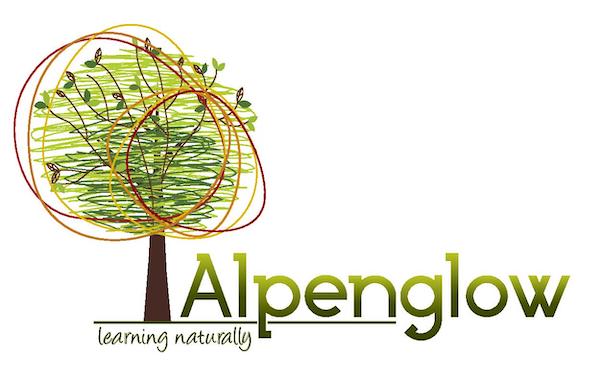Alpenglow School
On February 2nd, Candlemas is celebrated in many Waldorf schools and various cultures throughout the world. Literally meaning 'mass for candles', candles are the main symbol. Traditionally in homes, candles were brought into one room and each lit from one central candle. These candles were then often placed in each window of the house.
We most commonly know February 2nd as a day when some cultures predict weather patterns. Farmers believed that the remainder of winter would be the opposite of whatever the weather was like on Candlemas Day. As the following phrase and song suggest:
If Candlemas day be bright and fair,
There'll be two winters in a year.
An old English song:
If Candlemas be fair & bright,
Come winter, have another flight.
If Candlemas brings clouds & rain,
Go winter, and not come again.
Thus if the sun cast a shadow on Candlemas Day, more winter was on the way; if there was no shadow, winter was thought to be ending soon. This practice led to the folklore behind "Groundhog's Day".
Candlemas Day marks the mid-way point between the winter solstice and spring equinox. In many traditions, it was considered the beginning of spring. In Western Europe, it was a time for preparing the fields for first planting. It is also 40 days after Christmas, and marks the end of the Christmas season in the Christian calendar.
This festival is also connected with pagan traditions, in particular to St. Brigid, who was first known as the goddess of grain, creative inspiration and reproductive fertility. St. Brigid Day begins at sunset February 1st and continues to sunset February 2nd. It is a time of making pledges and commitments, purification and renewal, and new beginnings.
It is intriguing and captivating just how intertwined and connected the traditions of Candlemas are.
At Alpenglow, our students often dip or roll beeswax candles to celebrate Candlemas.
We most commonly know February 2nd as a day when some cultures predict weather patterns. Farmers believed that the remainder of winter would be the opposite of whatever the weather was like on Candlemas Day. As the following phrase and song suggest:
If Candlemas day be bright and fair,
There'll be two winters in a year.
An old English song:
If Candlemas be fair & bright,
Come winter, have another flight.
If Candlemas brings clouds & rain,
Go winter, and not come again.
Thus if the sun cast a shadow on Candlemas Day, more winter was on the way; if there was no shadow, winter was thought to be ending soon. This practice led to the folklore behind "Groundhog's Day".
Candlemas Day marks the mid-way point between the winter solstice and spring equinox. In many traditions, it was considered the beginning of spring. In Western Europe, it was a time for preparing the fields for first planting. It is also 40 days after Christmas, and marks the end of the Christmas season in the Christian calendar.
This festival is also connected with pagan traditions, in particular to St. Brigid, who was first known as the goddess of grain, creative inspiration and reproductive fertility. St. Brigid Day begins at sunset February 1st and continues to sunset February 2nd. It is a time of making pledges and commitments, purification and renewal, and new beginnings.
It is intriguing and captivating just how intertwined and connected the traditions of Candlemas are.
At Alpenglow, our students often dip or roll beeswax candles to celebrate Candlemas.
Celebrating Candle at Home
- Read The Candlemas Story together as a family
- Candle making – rolling candles, candle-dipping, making earth candles outside in the ground and lighting them.
- Special Meal – bake and eat fresh bread, make vegetable soup or vegetable chowder. Dine by candlelight.
- Goddess Brigit/Saint Brigid – tell stories or read a picture book about Saint Brigid and her cloak.
- Fire – some families have a bonfire on this day.
- Goal Setting – think of things you would like to see happen in the coming year together, in this time of new beginnings, as the earth becomes spring again. Then do something to celebrate that.
Whatever you choose to do, send warm wishes as light, once again, takes root in our part of the world.



